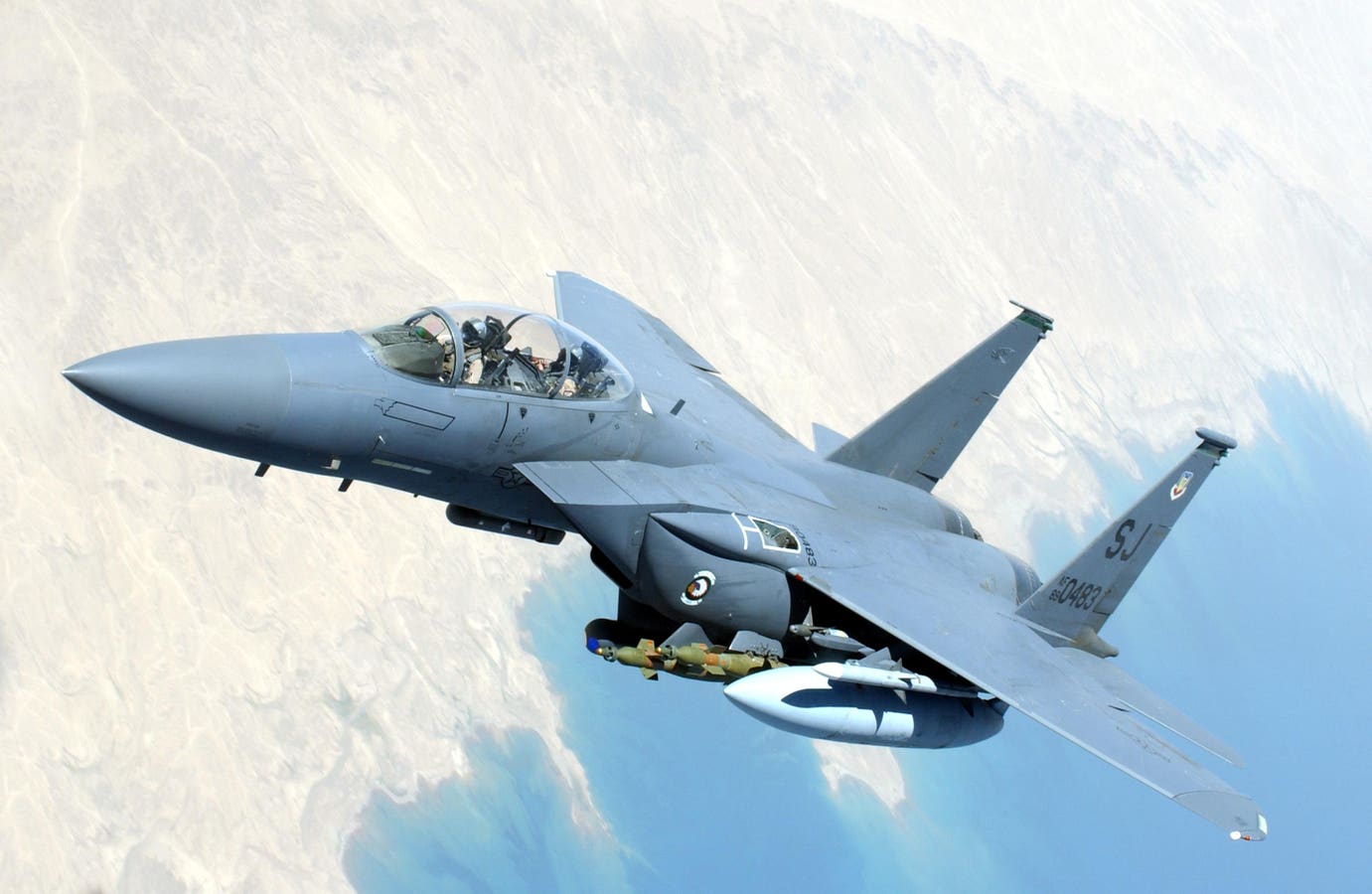marauder2048
"I should really just relax"
- Joined
- 19 November 2013
- Messages
- 3,157
- Reaction score
- 926
What about the NGJ precludes its use on other aircraft?
Aside from the silly two-pod configuration (why take up one station when you can take up two):
https://arc.aiaa.org/doi/abs/10.2514/6.2018-0780
And all of the SARs indicating that the pod had to be completely redesigned just to operate in the
Growler's very narrow envelope.






